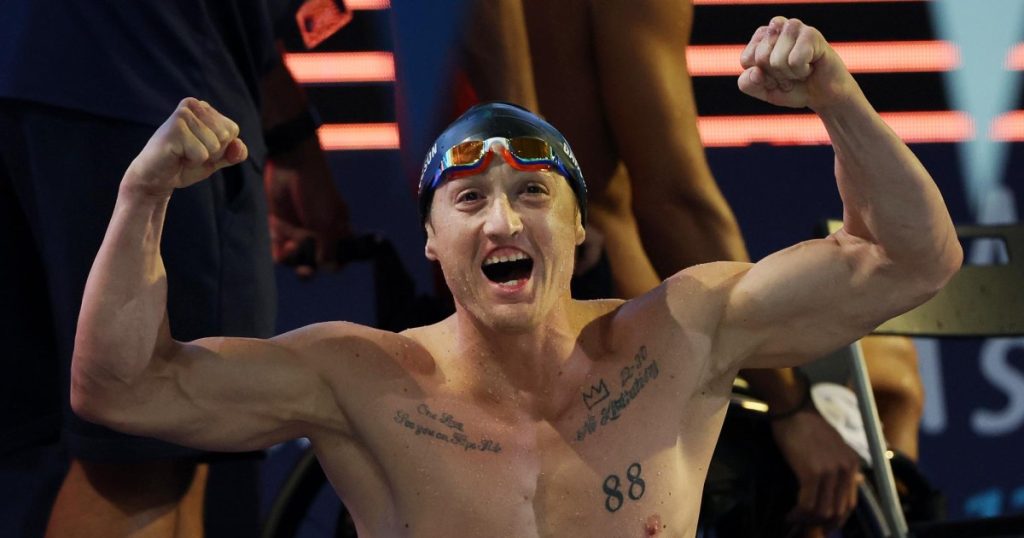The International Paralympic Committee has announced that Paralympic athletes will no longer be required to cover up tattoos of the Olympic rings. This rule change came on August 23, but the reason for the change was not provided by the IPC. Previously, athletes who did not hide their Olympic ring tattoos during competition could face penalties or disqualification. The decision to lift the ban on covering up tattoos of brands or logos was welcomed by many Paralympic athletes.
There is a distinction between the Olympics and Paralympics, despite the fact that they are often held in the same host city since 1988. The two events have separate governing organizations and logos. The Paralympics logo, known as the Agitos, is characterized by a swirl of red, blue, and green crescents. The name of the logo comes from the Latin word for “I move.” Despite the existence of the Agitos logo, many Paralympic athletes have chosen to get tattooed with the more recognizable Olympic ring logo to commemorate their experiences. However, the IPC previously viewed the Olympic rings tattoo as an advertisement for a competing brand because they are trademarked by the International Olympic Committee.
Swimmer Rudy Garcia-Tolson is one Paralympic athlete who chose to tattoo the Olympic rings on his left shoulder after winning a gold medal in the 2004 Athens Paralympics. However, he had to cover up the tattoo when the IPC started enforcing the rule. During the 2021 Paralympics in Tokyo, he was initially disqualified when the Sharpie he used to cover up the tattoo washed off during a race. Garcia-Tolson appealed the decision and was eventually reinstated. He expressed the importance of the Olympic rings tattoo symbolizing his journey and experience as an athlete. Despite the challenges faced with covering up the tattoo, Garcia-Tolson plans to return to the Paralympics in 2028.
Many Paralympic athletes view tattoos of the Olympic rings as meaningful symbols of their athletic journeys and experiences. The decision by the IPC to lift the ban on covering up such tattoos allows these athletes to proudly display their tattoos without fear of penalties or disqualification. While the reasons behind the rule change were not provided, the move has been welcomed by athletes like Garcia-Tolson, who see the Olympic rings as a representation of their pursuit of excellence in sports. The distinction between the Olympics and Paralympics is highlighted, with each event having its own governing organizations and logos.
The lifting of the ban on Olympic ring tattoos is a positive development that allows Paralympic athletes to express their experiences and achievements through body art. The rule change provides athletes with the freedom to display their tattoos without fear of repercussions from the IPC. These tattoos serve as symbols of dedication, hard work, and success in the world of sports. By allowing athletes to showcase their Olympic rings tattoos, the IPC is recognizing and honoring the significance of these symbols to the athletes who wear them. The decision to lift the ban reflects a shift towards greater acceptance and appreciation of individual expressions and stories within the world of Paralympic sports.


